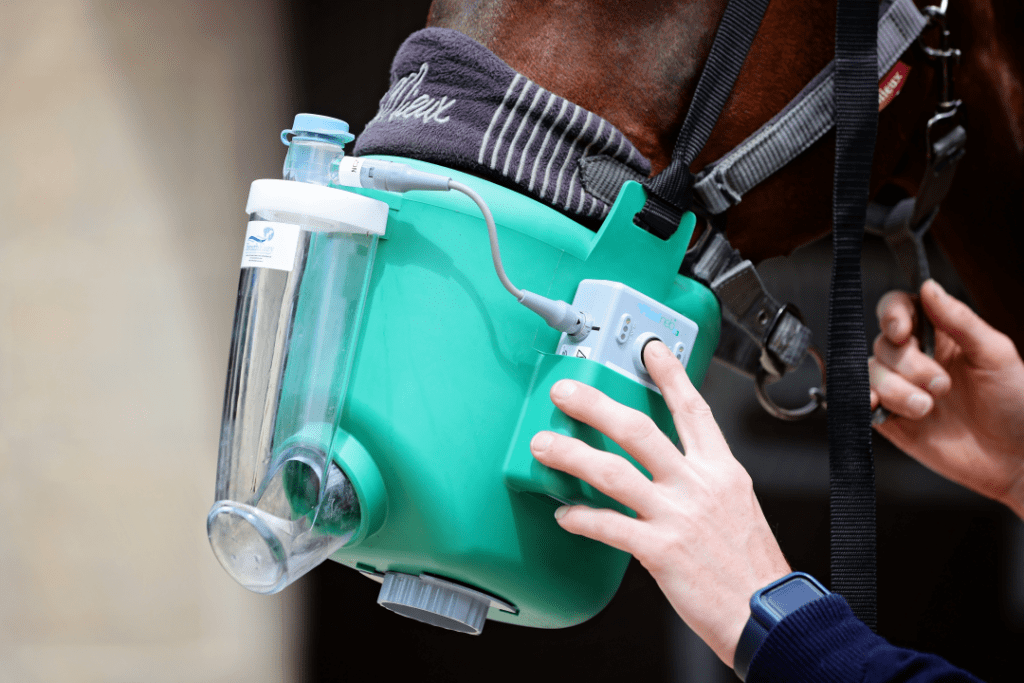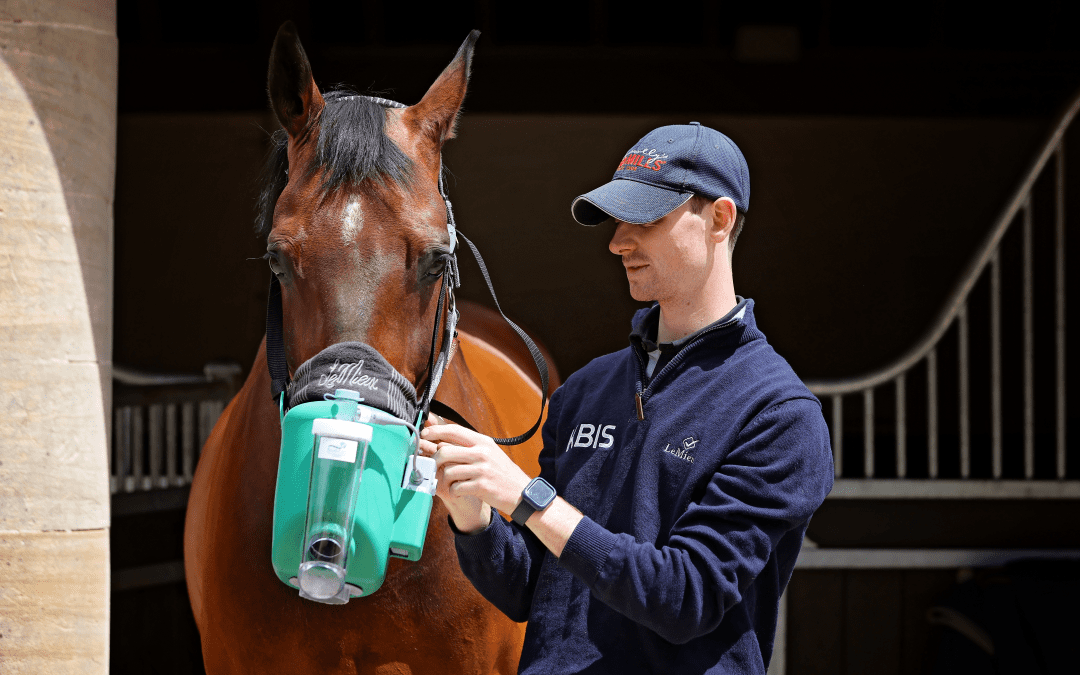Equine asthma is a lot more common than you might think. It can be debilitating for horses and stress-inducing for their owners if not controlled properly. It is also quite a complex disease, with different horses showing signs in different seasons. So, what really is equine asthma, what causes it and how can you manage it most effectively? Read on to discover our 10 top tips for managing asthma in horses.
What is equine asthma?
Equine asthma is the updated terminology for describing what was previously known as inflammatory airway disease, recurrent airway obstruction (RAO) and summer pasture-associated recurrent airway obstruction (Léguillette, 2021). Equine asthma is a widely used umbrella term that describes non-infectious inflammatory respiratory disease caused by hypersensitivity in the lungs to airborne particles such as dust, moulds and pollen (University of Saskatchewan).
Equine asthma is reported to affect approximately 14% of horses in the northern hemisphere
What are the symptoms of asthma in horses?
The symptoms (or clinical signs) of equine asthma vary from mild to severe and include:
- Increased respiratory rate
- Coughing
- Wheezing
- Nasal Discharge
- Poor performance or exercise intolerance
- Lethargy
- Heave lines
Top tips for managing equine asthma
Put a management plan in place – your vet will work with you to come up with a bespoke management plan for your horse, which could involve:
- Reducing exposure to inhaled allergens, such as pollen, dust and mould
- Treating episodes of respiratory distress
- Controlling ongoing clinical signs with medication
Look at different medical treatments – There are a few different options that may be prescribed when it comes to equine asthma medication. Your vet will be able to advise you on the treatment options that are best suited to your horse. Some of the most commonly prescribed medications are:
- Corticosteroids
- Bronchodilators

Consider inhaled medication – inhaled medication, delivered by an equine inhaler with a spacer device such as the AeroHippus® or an equine nebuliser, enable the targeted delivery of medication directly to the lungs and lower airways, with a lower risk of side effects compared to systemic (tablet or injectable) medication. When looking for a nebuliser for your horse, the Flexineb® E3 Series is a great option as it is portable, re-useable and silent when delivering both aerosolised drugs as well as natural therapies.
Shop nebulisers here
Consider a nebuliser for routine airway management – nebulising your horse with saline solution will help to:
- Moisturise nasal passages
- Break up mucus secretions
- Flush out pollens, dust and bacteria
- Relieve nasal congestion
- Reduce sinus pressure
- Alleviate allergy symptoms
Maximise turnout – maximising turnout helps reduce exposure to irritants such as dust and mould spores.
Maximise stable ventilation – good ventilation. allowing air to flow freely through the stable will help minimise exposure to dust and mould spores from bedding and feed.
Use dust-free bedding – when purchasing your horse’s bedding, look for dust-free or low-dust options to reduce the risk of reactions and allergy flare-ups relating to equine asthma.
Steam hay – soaking or steaming hay causes dust particles, that may stimulate hypersensitivity in your horse’s airways, to stick to the hay instead of being inhaled.
Dust-free feed – consider dust-free forage like haylage. As the name suggests, haylage is a cross between hay and silage. It is made from grass that has been cut, wilted and fermented and is considered dust-free so is a good choice for some horses.
Feed from the floor – feeding your horse from the floor lowers the head and mimics the position of natural grazing. This allows gravity to assist in mucus drainage from your horse’s nose and so helps to clear the airways.
To find out more about equine asthma, visit our news page or to purchase a Flexineb®, check out our Flexineb E3 Series Complete System.
For regular updates on our latest blogs, visit either our Facebook, LinkedIn or Instagram.

